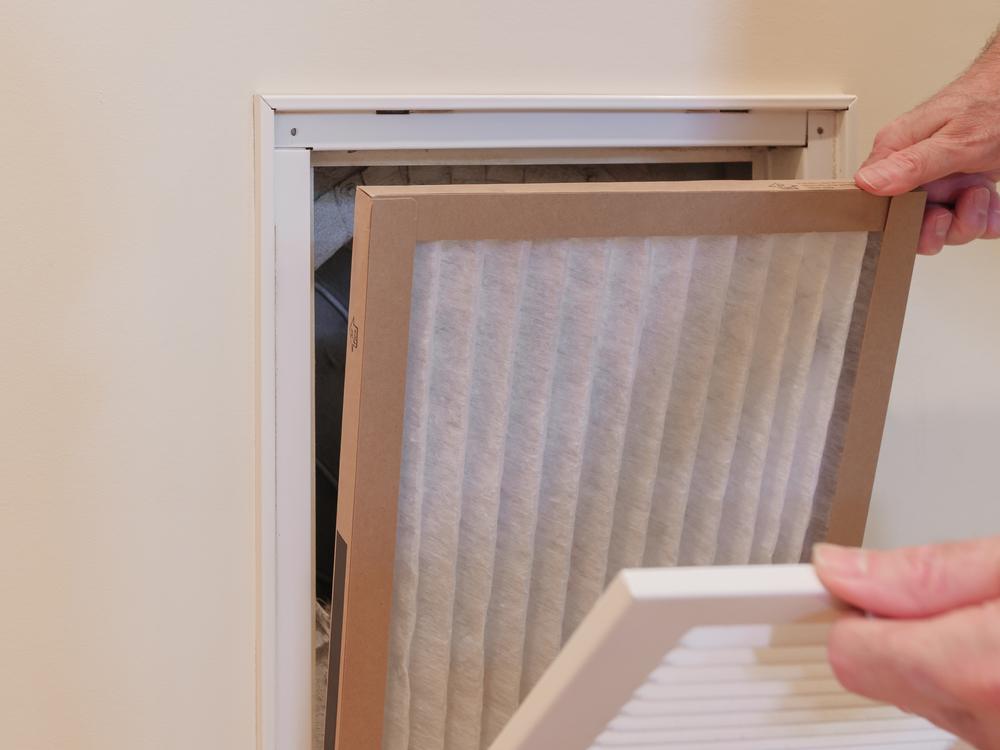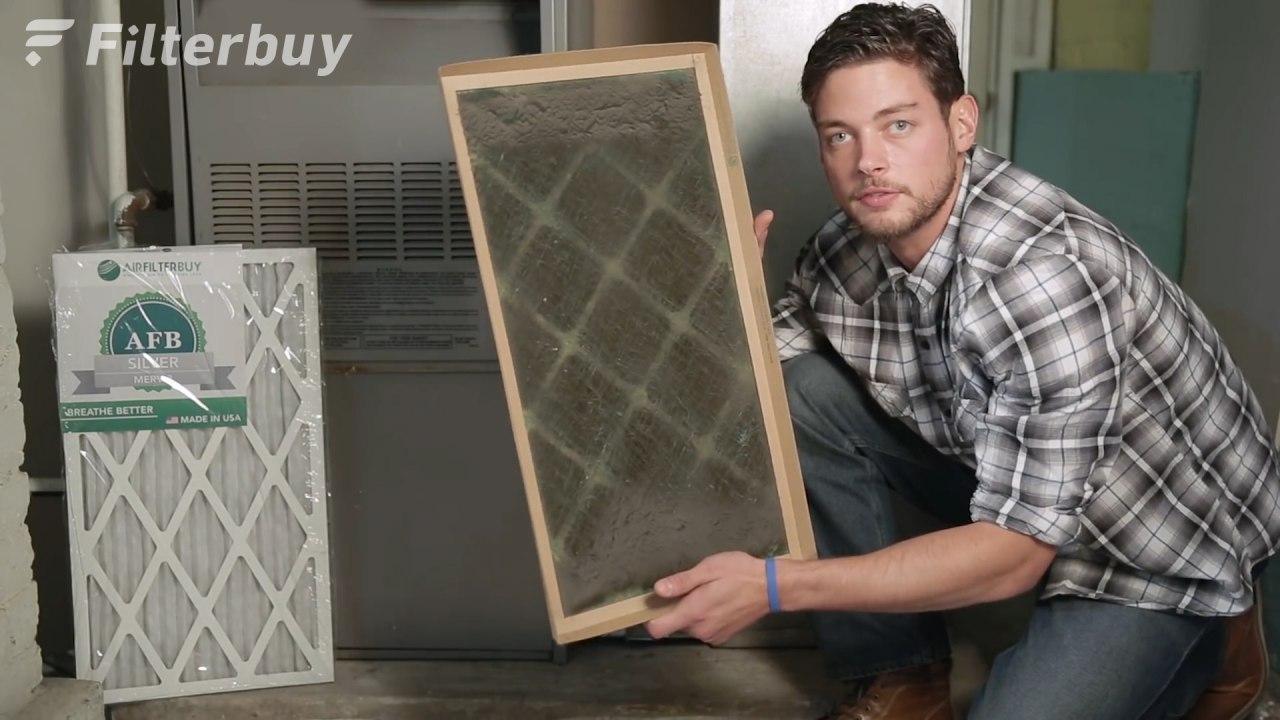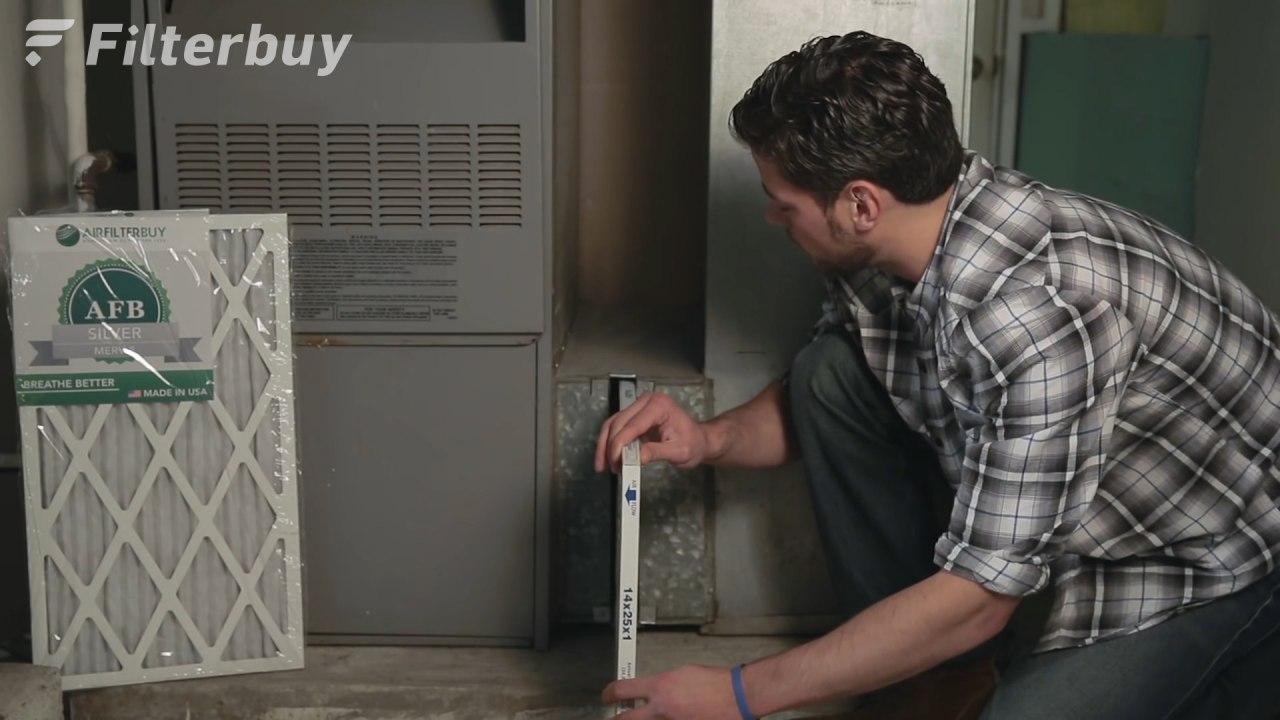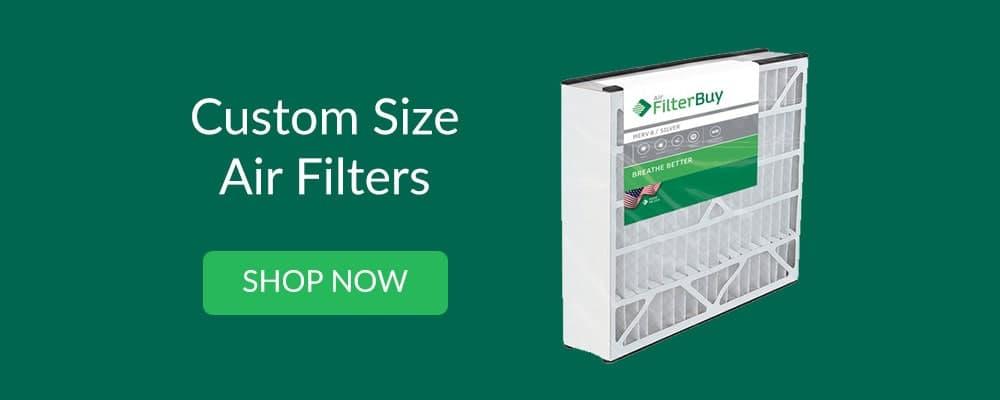Do you ever feel like the air in your apartment is stuffy and stale? This could be due to poor indoor air quality, which according to the Environmental Protection Agency (EPA), can be 2 to 5 times higher than outdoor concentrations (1). In apartments, this problem is amplified by shared ventilation systems.
If you’ve never dealt with apartment air filters before, this guide will help you learn how to replace your apartment filter and why.
You are viewing: Who Changes Air Filter In Apartment
Key Takeaways: Breathe Easier in Your Apartment
- Apartment air can be 2-5x worse than outdoors due to shared ventilation.
- Regular filter changes are crucial for good air quality and HVAC efficiency.
- Choose the right filter based on allergies, budget, MERV rating, and size.
- Avoid mistakes like wrong size filters or neglecting replacement.
- Check your lease to see who’s responsible for air filter changes.
Who’s Responsible for Changing Your Apartment Air Filters?
First, you might ask the question, who’s responsible for changing an apartment air filter? The answer is that it depends on your lease. While landlords typically install a new filter before you move in, replacing them regularly falls on you (check your lease to be sure). Regardless, clean air filters mean a healthier home environment (and you!), so make sure to either replace them or have them replaced every 3 months, or more if you have pets.

Locating Your Apartment Air Filters
Now that you’ve decided to change your apartment air filters, it’s time to get them changed! But wait, where is the air filter in my apartment? You may have access to 2 air filters if there’s a furnace and AC unit in your apartment. Here’s how to find both.
Where’s the Furnace Filter?
The location depends on how your furnace is installed:
- Horizontal unit: Look for a slot on the intake side.
- Vertical unit (upward airflow): The filter is behind a door at the bottom.
- Vertical unit (downward airflow): Check the door at the top.
Can’t Access the Furnace? No Problem!
Most apartments have a secondary filter you can change:
- Locate the return air duct (a rectangular vent, usually poster-sized).
- Remove the grill cover to access and replace the air filter.
Finding Your AC Filter:
These can be trickier, so check these spots:
- Central air return register: This is usually in a common area like a hallway ceiling. Remove the grill to find the filter.
- Multiple return registers: Look for an air handler (often in a closet) with a slot and removable cover where the filter sits.
Remember: If you’re unsure or have difficulty accessing anything, consult your landlord.

How to Change an Air Filter in an Apartment
Changing an air filter is one of the easiest apartment maintenance chores once you know where the air filter is located and which one will work best for your system. All you have to do is follow these simple steps:
- Turn off the power. There should be a power switch by the HVAC equipment. If you can’t find a way to cut the power to the equipment it’s best to turn off the power to the entire apartment. Better safe than sorry.
- Remove the vent/register cover. You may need a screwdriver to get it off.
- Look for directional arrows. Some air filters must be put in a certain way. Check the existing air filter for directional arrows to determine how the new one needs to go in.

- Remove the old filter. Watch out because it may be dusty and dirty. Having a plastic trash bag handy can help contain the mess.

- Put in the new filter. If the new air filter is properly sized it should insert easily into place.

- Replace the cover/register. Slide or screw the cover back into place and you’re done.
Read more : Who Was Sage On The Young And The Restless
Even if you’ve never replaced an air filter for an apartment before it should only take about five minutes to get the job done and start breathing cleaner air!
See More: Step-by-Step Video How to Change Your Air Filter
How Often to Change an Air Filter in an Apartment
The general guidelines for how often to change an air filter in an apartment are the same for a single-family house or townhome. Most air filters last 1-3 months.
One to three months is a pretty wide range, but that’s because there are so many things influencing an air filter’s lifespan. They include:
- Number of people in the apartment
- Health condition of people living in the apartment
- Number and type of pets
- Outdoor air quality
- Quality of air indoors
- Indoor smoking
- Air filter construction
Since apartment air circulates more air across a larger variety of units, you may find the air filter in your apartment gets dirtier faster than one in the home. Further, mid-rise, high-rise and walk-up apartments may have more particulate matter circulating in the ventilation than garden-style apartment, causing your air filter to fill up faster.
When you first move in, check your air filter every month to see how dirty the filter gets. From there, you can better gauge your filter replacement schedule.
PRO TIP: Once you know the replacement schedule, place a subscription order for your air filters so that you always have the right number and right sizes showing up at the right time
Buying Air Filters for Apartments
Purchasing apartment air filters can be a challenge. The best air filter for an apartment isn’t the same across the board. You may need a unique fit or custom sized air filter. Or you could have health issues that require a high-filtration filter.
There are a few key variables that have to be taken into consideration to find the best apartment air filter.
Apartment Air Filter Size
First and foremost, the air filter has to fit properly. Your register will accommodate filters up to a certain size and a precise fit is important for efficiency and clean air.
Big box home improvement stores are going to carry a limited selection of apartment air filters. And they won’t stray far from the most common dimensions. If your air filter is outside of the norm you don’t have to settle for a loose-fitting air filter. Online you’ll find two more options: cut to fit and custom sized air filters.
Cut to fit means that a larger filter was cut down to a specified dimension. There are a few downsides with this method. First, there’s a lot of room for error so it still may not fit just right. Cut to fit air filters are sometimes less structurally sound.
Custom sized air filters are just that. They are built based on specific dimensions. This method ensures structural integrity and high performance because it should provide an exact fit.
Read more : Who Does Tate And Kirlin Collect For
Read More: How to Measure Your Air Filter
Watch Video: How to Measure Your Air Filter
What Air Filter MERV Rating To Choose For Your Apartment
Once you know what apartment air filter size you need it’s time to think about filtration and air flow. We’re talking about MERV rating.
The MERV rating will impact air quality and air flow. Air filters with higher MERV ratings can purify the air of more airborne contaminants, but the tradeoff is less airflow due to more air filter resistance. The system equipment has to work harder to circulate air, which reduces efficiency and causes components to wear more quickly.
When in doubt, check the MERV rating guidelines on the unit. Using an air filter with a MERV rating that isn’t recommended could damage HVAC equipment. If you’d like to try an air filter with a higher MERV rating discuss it with the property manager first. They may be able to verify whether or not it will work.
Read More: All About MERV Ratings
FAQs About Apartment Air Filters
Are landlords responsible for changing air filters?
Not always. It depends on the lease agreement. Landlords may install a new one initially, but replacements are often tenant responsibility.
How can I tell if my apartment air filter needs replacing?
There are a few signs that your air filter needs replacing:
- Reduced airflow: If you notice a decrease in airflow coming from your vents, it could be a sign that your air filter is clogged and needs to be replaced.
- Increased allergies: If you or your family members are experiencing increased allergy symptoms, such as sneezing, coughing, or itchy eyes, it could be due to a dirty air filter allowing allergens to circulate in your home.
- Visible dust buildup: If you see dust and debris buildup around your air vents or on surfaces in your home, it could be a sign that your air filter is no longer effectively capturing these particles.
- Strange odors: A musty or moldy smell coming from your HVAC system could indicate that your air filter is contaminated with mold or mildew, in which case it should be replaced promptly.
What if I can’t find the air filter in my apartment?
If you’re having trouble locating your air filter, don’t hesitate to consult your landlord or building maintenance. They should be able to point you in the right direction. Additionally, the owner’s manual for your HVAC unit may also have information on where the air filter is located.
I’m concerned about the air quality in my apartment. What can I do to improve it?
There are several steps you can take to improve the air quality in your apartment (2):
- Control pollution sources: This includes things like avoiding harsh chemicals, using low-VOC paints and cleaning products, and maintaining good ventilation while cooking or showering.
- Increase ventilation: Open windows regularly, especially when cooking, showering, or using cleaning products. You can also consider using exhaust fans in kitchens and bathrooms.
- Change air filters regularly: As discussed in this blog, replacing air filters is crucial for capturing dust, allergens, and other pollutants.
- Invest in air purifiers: Air purifiers can be a helpful addition to your apartment, especially if you suffer from allergies or asthma. Look for HEPA filters for the most effective air cleaning.
- Communicate with your landlord: If you suspect there are issues with the ventilation system, such as mold or improper air intake placement, it’s important to bring this to your landlord’s attention. They may need to address these concerns to ensure overall building air quality.
Remember, some actions may be within your control, while others may require collaboration with your landlord. By taking these steps, you can create a healthier and more comfortable living environment in your apartment.
Sources:
1. EPA: https://www.epa.gov/indoor-air-quality-iaq/indoor-air-quality-apartments 2. EPA: https://www.epa.gov/indoor-air-quality-iaq/what-can-i-do-protect-indoor-air-quality-if-i-live-apartment
Source: https://t-tees.com
Category: WHO
